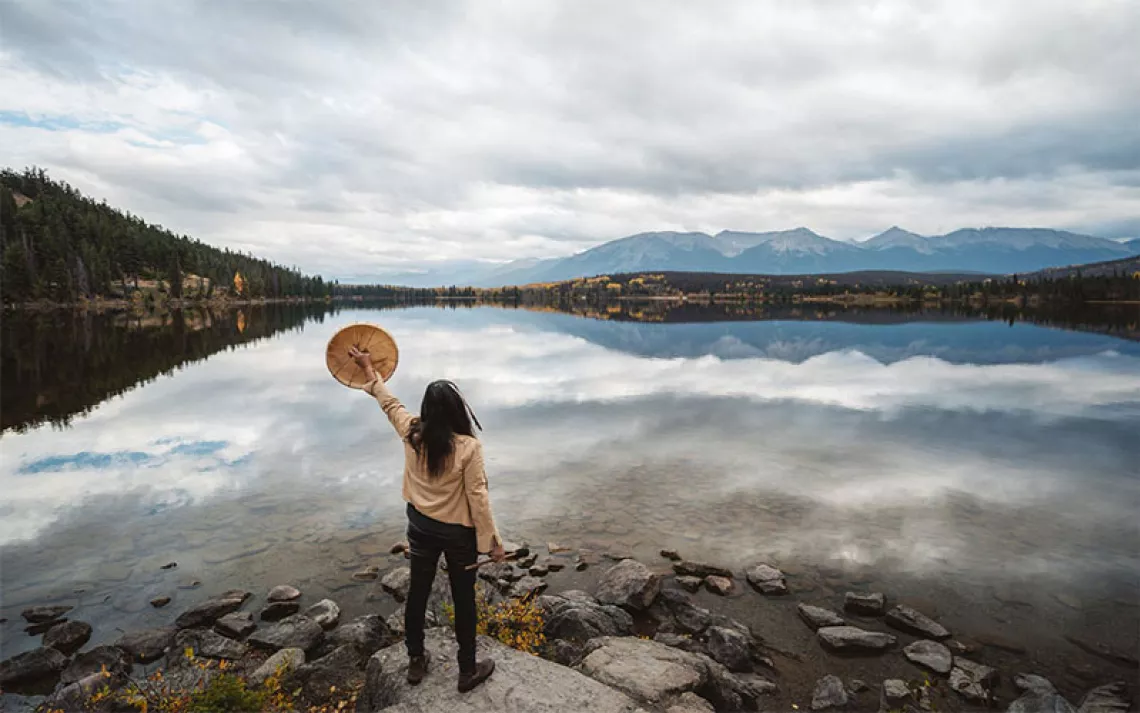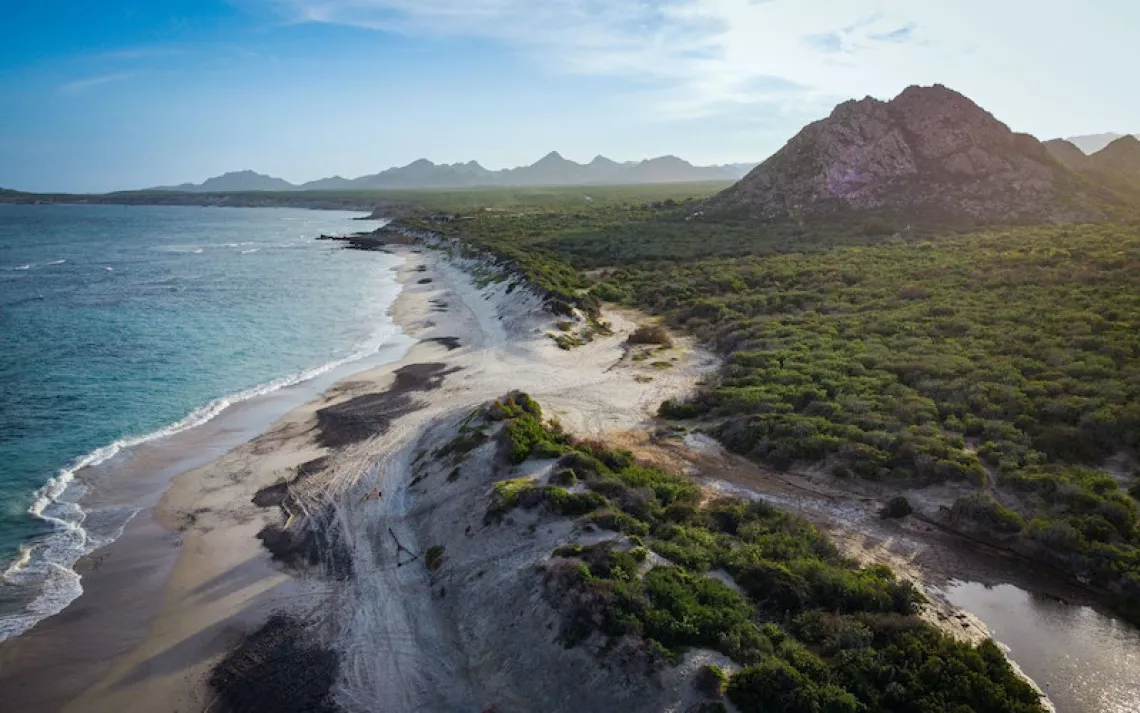Can Ecotourism Bolster Conservation Efforts?
A new study points to careful management and biodiversity monitoring as the keys
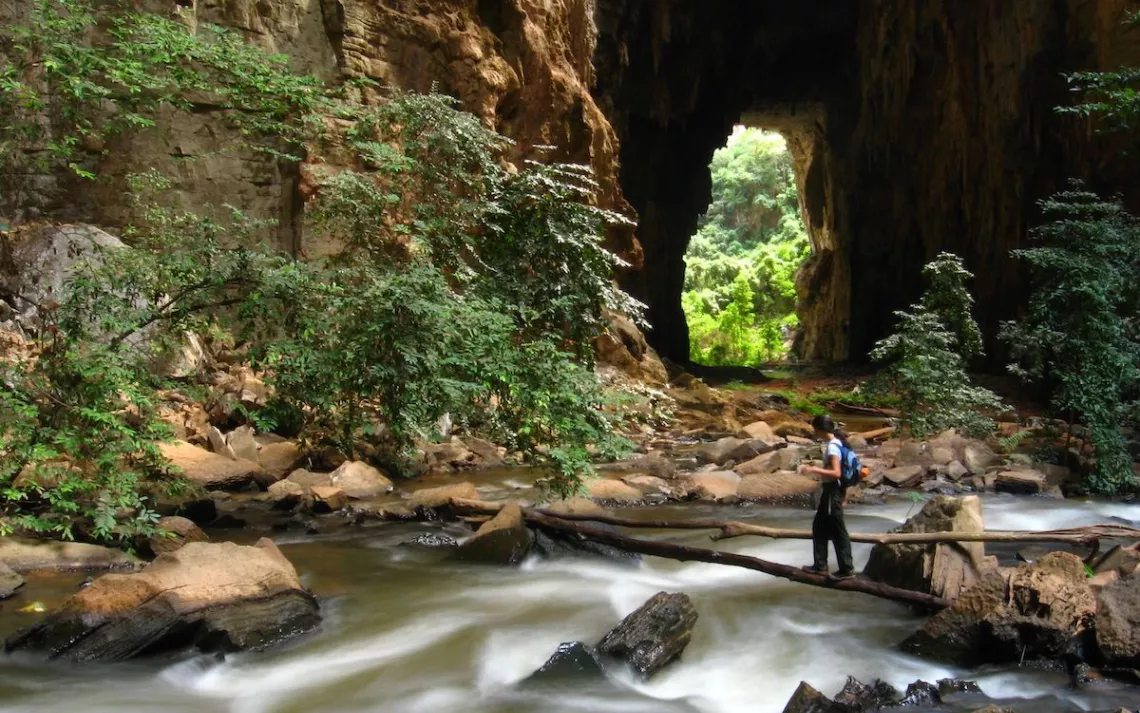
The Cavernas do Peruaçu National Park, a conservation unit located in the state of Minas Gerais, Brazil, comprising an area of over 56,000 hectares (138,000 acres). | Photo by Guilherme Ferreira
Does ecotourism—travel to exotic, often threatened, natural environments—help or hinder environmental conservation efforts? While the endeavor is intended to shed light on conservation efforts, many studies have found that ecotourists tend to have a negative impact on wildlife. A recent study in Brazil, however, found contrasting and promising results—findings that may provide fresh insight into how nature tourism can optimally be practiced and managed.
To analyze the impacts of ecotourism on local wildlife, biologist Guilherme Ferreira and fellow researchers from Brazilian conservation NGO Biotrópicos Institute spent seven years monitoring the behavior of ocelots, peccaries, pacas, coatis, deer and other mammals in southeastern Brazil’s Cavernas do Peruaçu National Park. The team began collecting data in 2011, when tourists were not yet allowed in the park. (Despite being considered one of the world's most important archaeological sites, thanks to its plethora of prehistoric cave paintings and grottos, the park took more than a decade to set up tourism infrastructure.) The park finally opened to visitors in 2015, and the study concluded two years later.
The results, published last September in the biodiversity conservation journal Oryx, showed that ecotourism had little impact on Cavernas do Peruaçu’s mammal populations since opening to visitors in 2015.
“There was no reduction in species—not on tourist nor non-tourist trails,” said Ferreira, who co-authored the somewhat surprising study. The greatest impact the team found was on the behavior of one species, the rock cavy. The nationally threatened rodents’ activity decreased on tourist trails, and increased in visitor-free areas of the park.
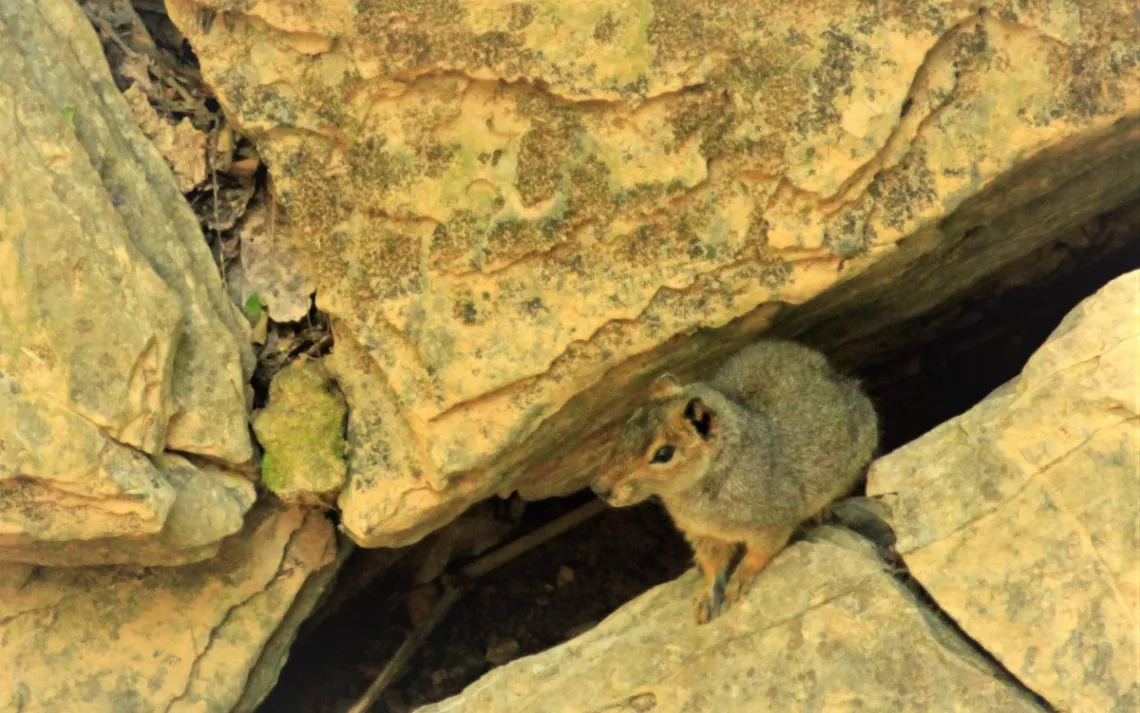
The rock cavy (Kerodon rupestris). | Photo by Guilherme Ferreira
Although many factors may be at play, one that Ferreira says is “very likely” contributing to such low-impact ecotourism is Cavernas do Peruaçu’s well-structured management plan, which identifies conservation of biodiversity as the park’s primary objective, and includes a dedicated network of on-the-ground park staff and allies. “Even more important than [the management plan] existing, is to ensure that its guidelines are implemented,” he told Sierra, “and this has happened in the Cavernas do Peruaçu.”
Said plan stipulates limited visitors per day, and per tour group – numbers that currently hover well below the park’s tourist capacity – and opening only select areas to visitation.
Dayanne Sirqueira, manager of the Cavernas do Peruaçu National Park, told Sierra that its “very well demarcated” tourist trails help to minimize impacts on ecosystems and wildlife. Prior to opening to visitors, park management assembled a team of specialists in speleology (caves) and archeology, as well as professionals from the Chico Mendes Institute for Biodiversity Conservation, the agency responsible for the management of conservation units in Brazil, to identify those swaths of the park that could handle visitors, and to map out a trail system.
In addition, Sirqueira says the park ensures “good maintenance of the trails,” to circumvent potential detours off trail, and invests in the “qualification of tour guides,” by mandating frequent training courses. “We understand that the more skilled the guide is, the better his work will be; consequently, the fewer negative impacts we will have.”
In fact, visitors to Cavernas do Peruaçu National Park are required to hire a certified guide – unusual for a national park in Brazil, or for that matter, most other countries.
According to Gal Bernardo, tourismologist and certified tour guide trainer, Cavernas do Peruaçu guides never allow tourists to deviate from the trail system, to leave garbage in the park, or to bring along pets, weapons, or alcoholic beverages. “Guides are even instructed to do a quick search of the material being taken so that there are no mistakes,” Bernardo says.
Those seeking to become certified guides are mainly residents of local communities. Bernardo told Sierra she’s trained residents of the three municipalities neighboring the park, including many Indigenous people hailing from a reserve located next to this conservation unit.
In expanding employment and income opportunities for members of local communities, Cavernas do Peruaçu’s ecotourism infrastructure has bolstered the park’s preservation, manager Sirqueira says. She explains that these opportunities, along with heightened recognition of the park’s value by local residents, have helped reduce deforestation and poaching, among other environmental threats, in the park.
While there is no hard evidence of such, Ferreira also notes that predatory or illegal activities seem to have declined in the area since the park opened to tourists in 2015. He says this is probably due to the unintentional patrolling provided by park guides and visitors, which scares away loggers and poachers, “at least in the central region of the park,” which is the only area currently open to visitors.
Such observations suggest that ecotourism indeed can be an ally, rather than foil, to environmental conservation endeavors. However, Ferreira stresses that for successful results, visitor activity must be sustainably managed and biodiversity consistently monitored, which of course, demands significant financial resources.
Currently, the Biotrópicos Institute is seeking funding opportunities to continue developing its monitoring work at Cavernas do Peruaçu, as the park itself does not have the financial capacity. Long-term fauna monitoring, Ferreira says, is vital to ensure that ecotourism does not adversely impact wildlife and undermine nature conservation goals over the years.
Sirqueira adds that she's hopeful that ecotourism can effectively finance greater conservation efforts in the area. She urges readers, “Come visit the park!”
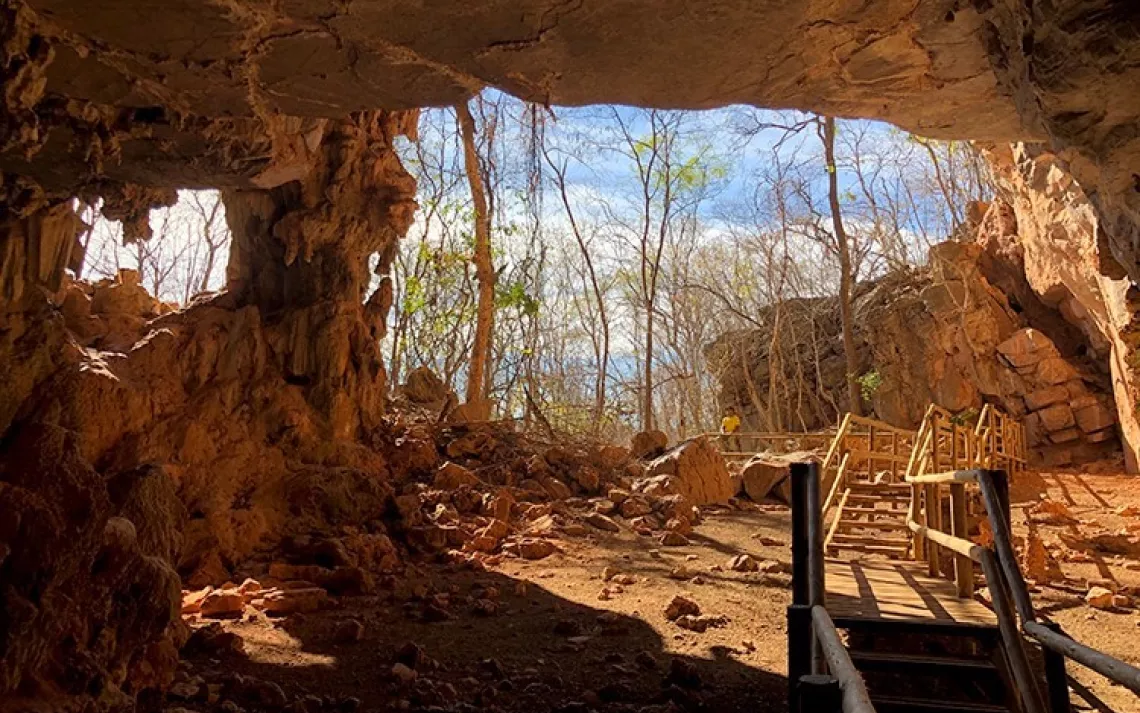
One of the tourist trails demarcated inside the park. | Photo courtesy of ICMBio
 The Magazine of The Sierra Club
The Magazine of The Sierra Club

